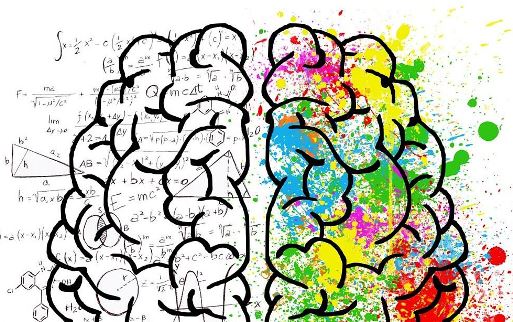
News
Interdisciplinary thinking is the key to solving global problems

Interdisciplinary advocates argue that a successful solution depends on a broader mindset than any discipline can offer. That is why the strategy of "cultivating a mindset that combines ideas from different points of view" is gaining more and more followers.
Some of these followers are Jonathan Adler, assistant professor in the Department of Psychology; Kathryn Lynch, Professor of Anthropology; and Robert Martello, Professor of the History of Science and Technology at Olin College of Engineering.
While teaching at a college of engineering, they encourage their students to strive to integrate applied engineering and humanities, and see that successful examples of such integration help to solve not only specific problems at the private level, but can also contribute to the fight against global challenges.
Here is their article published in The Conversation in 2018. She perfectly illustrates what exactly is meant by interdisciplinarity - as a way of thinking.
The first thing that can be influenced by interdisciplinary thinking in a global sense is solving climate problems. The authors of the article emphasize that the transition to nuclear energy, electric cars and the modernization of coal and gas power plants, the transition of houses to energy efficient lighting are purely technical issues that are already being implemented within the framework of national strategies to a greater or lesser extent. But issues of changing human beliefs and behavior are what can really affect the solution of the planet's environmental problems.
In Science Beyond Human Inaction: Encouraging Collective Efforts to Conserve the Ecosystem, the real challenge of climate change was diagnosed as follows: “The sense of being separated from nature is at the heart of humankind’s corrupted relationship to planetary resources.” The only real solution to the climate challenges our planet is facing is a mindset shift, an approach that requires a comprehensive understanding of all the ways people and organizations interact with the natural world.
Based on these findings, the American educators - authors of the article argue that students should not only study social or natural sciences, but also learn how ideas from both can be combined to become even more powerful.
Interdisciplinary thinking also helps to solve local problems.
An example is a traffic interchange in the center of Drachten, Netherlands, which receives 20,000 drivers daily, as well as many cyclists and pedestrians. This denouement was known for a high rate of accidents and deaths.
The traditional solution would be to place signs and signals on the roads. But Dutch transport engineer Hans Monderman approached the problem from a different angle. Instead of filling the roads with signs, he removed all the signs in 2003. This approach to “shared space” design meant that drivers, cyclists and pedestrians needed to get to know each other better in order to navigate the intersection successfully. Reliance on human connections rather than projected traffic patterns has turned conventional thinking and has dramatically reduced the number of accidents and deaths.
The most innovative solutions to these local problems require a deep integration of quantitative and emotional concepts that are too often shared among traditional academic disciplines.
Finally, interdisciplinary integrated thinking can lead to the solution of many problems on an individual, personal level.
An example is the experience of a 60-year-old Boston woman who uses a wheelchair and finds grocery shopping a burdensome and physically painful experience. The traditional response from an engineer might point her to online home delivery services. However, for a disabled woman, a trip to the store is also an opportunity for communication, a manifestation of independence and socialization. The Olin College students' solution was a custom-made, adaptable chair support that eased the physical difficulties associated with shopping and increased her ability to interact meaningfully with her community.
The development of this solution required a flexible synthesis of engineering design and a focus on human values.
Learning new approaches
As these examples show, we need to teach students to approach difficult problems differently.
In May 2018, a joint task force from the US National Academies of Sciences, Engineering, and Medicine released a report titled Branches of the Same Tree: Integrating the Arts and Humanities with the Sciences, Engineering, and Medicine in Higher Education.
This research has revealed great potential in interdisciplinary education. The list of possible benefits includes increasing student motivation and enjoyment of learning, developing teamwork and communication skills, ethical decision making and critical thinking.
The authors of the article cite a number of successful examples of this type of innovative integration in various parts of the US academic community. For example, at George Mason University, the Rain Project, part of the EcoScience + Art initiative, brought together science, arts, humanities and design faculty to design floating wetlands.
Or the STAGE laboratory at the University of Chicago, where the Institute of Molecular Engineering creates new works of theater and film. Here, the creation of new plays and films, along with the creation of new scientific discoveries, inspire new ways of asking questions in both art and science.
Ethics, sustainability, issues of identity, equality or social justice and many other topics must be included in the design process of a scientist or engineer.
And their repertoire should include strict communication, interaction, self-study, self-reflection and other skills. Likewise, artists, writers, managers, and other non-technical professionals lose when their work ends where scientific thinking begins.


